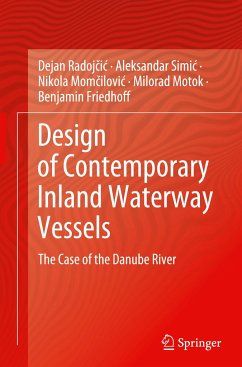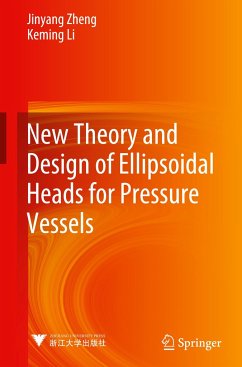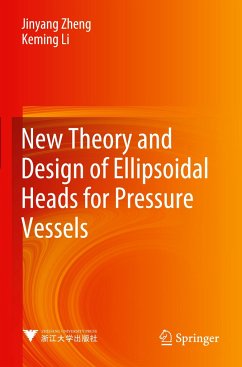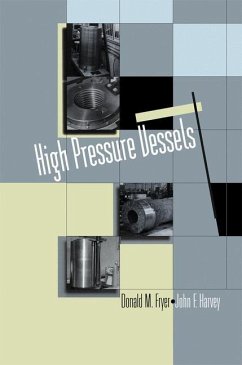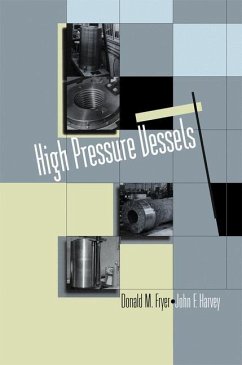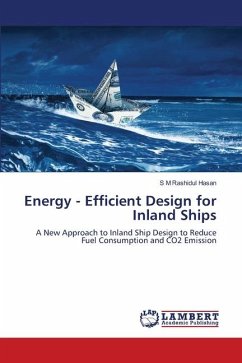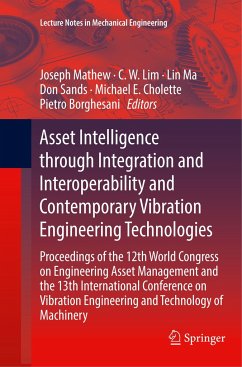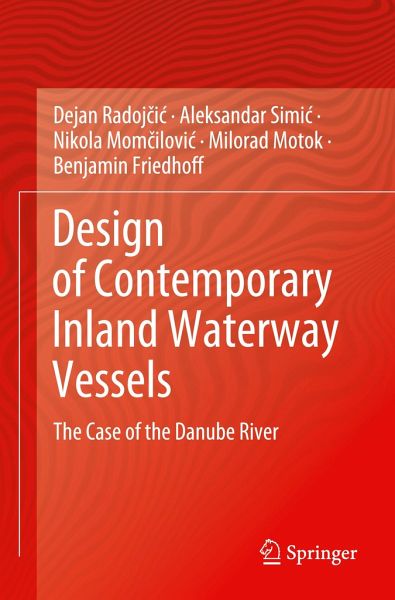
Design of Contemporary Inland Waterway Vessels
The Case of the Danube River
Versandkostenfrei!
Versandfertig in 6-10 Tagen
121,99 €
inkl. MwSt.
Weitere Ausgaben:

PAYBACK Punkte
61 °P sammeln!
Inland Waterway (IW), or river vessels are in every respect different from the seagoing ships. The professional literature is mostly focused on conventional seagoing fleets, leaving a gap in the documentation of design practices for IW vessels. The principal attribute that differentiates river vessels from the seagoing ships is the low, or shallow, draught due to water depth restrictions.This book addresses key aspects for the design of contemporary, shallow draught IW vessels for the transport of dry cargo (containers and bulk cargo). Most of the logic that is presented is applicable to the d...
Inland Waterway (IW), or river vessels are in every respect different from the seagoing ships. The professional literature is mostly focused on conventional seagoing fleets, leaving a gap in the documentation of design practices for IW vessels. The principal attribute that differentiates river vessels from the seagoing ships is the low, or shallow, draught due to water depth restrictions.
This book addresses key aspects for the design of contemporary, shallow draught IW vessels for the transport of dry cargo (containers and bulk cargo). Most of the logic that is presented is applicable to the design of river vessels for any river, but the material that is presented is focused on vessels for the River Danube and its tributaries.
The term 'contemporary river vessel' assumes that the present-day technology and current Danube river infrastructure are taken into consideration in its design. It is believed that the technologies and concepts that are proposed here areapplicable for all new vessel designs for the next 10 to 15 years. Other innovative technologies should be considered for designs beyond that horizon. Moreover, nowadays contemporary IW vessel must be in harmony with the Environmentally Sustainable Transport (EST) policies and hence special attention is paid to both ecology and efficiency. Note however that shipowners and ship operators usually tend to choose the conventional cost-effective transport technologies. Given that potential divergence of interests, the concepts and technologies treated here may be regarded as innovative.
This book addresses key aspects for the design of contemporary, shallow draught IW vessels for the transport of dry cargo (containers and bulk cargo). Most of the logic that is presented is applicable to the design of river vessels for any river, but the material that is presented is focused on vessels for the River Danube and its tributaries.
The term 'contemporary river vessel' assumes that the present-day technology and current Danube river infrastructure are taken into consideration in its design. It is believed that the technologies and concepts that are proposed here areapplicable for all new vessel designs for the next 10 to 15 years. Other innovative technologies should be considered for designs beyond that horizon. Moreover, nowadays contemporary IW vessel must be in harmony with the Environmentally Sustainable Transport (EST) policies and hence special attention is paid to both ecology and efficiency. Note however that shipowners and ship operators usually tend to choose the conventional cost-effective transport technologies. Given that potential divergence of interests, the concepts and technologies treated here may be regarded as innovative.



